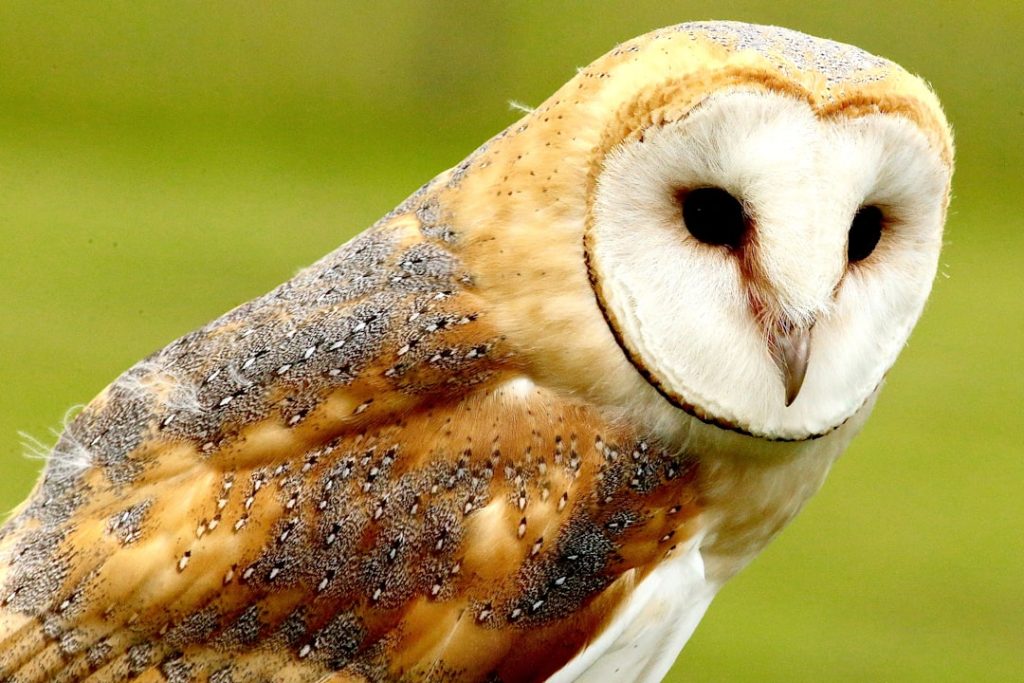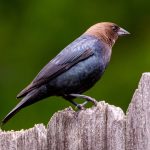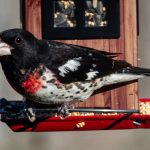Owls are nocturnal birds of prey that can pose a significant threat to backyard chickens. Their exceptional eyesight, sharp talons, and silent flight make them efficient hunters, particularly during nighttime hours when they are most active. Owls primarily target small animals, including chickens, which can result in substantial losses for poultry keepers if proper precautions are not taken.
These predators rely on stealth and surprise to capture their prey. Their hunting strategy involves using their acute vision to locate potential targets and their silent flight to approach undetected. Once within range, owls employ their powerful talons and beaks to swiftly subdue and kill their prey.
For chicken owners, understanding the behavior and hunting patterns of owls is crucial for developing effective protection strategies. Free-ranging or inadequately sheltered chickens are particularly vulnerable to owl attacks. To mitigate this risk, poultry keepers must implement appropriate security measures to safeguard their flocks from these formidable avian predators.
Recognizing the potential danger owls present to chickens is essential for maintaining a healthy and productive flock. By acknowledging this threat and taking proactive steps to protect their birds, chicken owners can significantly reduce the likelihood of owl-related losses and ensure the safety of their poultry.
Table of Contents
- 1 Securing the Coop: Implementing Physical Barriers to Protect Chickens
- 2 Utilizing Scare Tactics: Using Visual and Auditory Deterrents to Keep Owls at Bay
- 3 Nighttime Protection: Installing Motion-Activated Lights or Alarms to Deter Nocturnal Predators
- 4 Creating Safe Roosting Areas: Providing Shelter for Chickens to Hide from Owls
- 5 Implementing a Predator-Proof Run: Building a Secure Enclosure to Keep Owls Out
- 6 Seeking Professional Help: Consulting with Wildlife Experts for Additional Advice and Assistance
- 7 FAQs
- 7.1 What are some natural ways to keep owls away from chickens?
- 7.2 What are some physical barriers that can be used to keep owls away from chickens?
- 7.3 Are there any sound deterrents that can be used to keep owls away from chickens?
- 7.4 What are some additional measures that can be taken to protect chickens from owls?
Key Takeaways
- Owls pose a significant threat to chickens, especially at night when they are most active.
- Physical barriers such as wire mesh and netting can be effective in keeping owls out of the chicken coop.
- Visual deterrents like scarecrows and reflective tape, as well as auditory deterrents like wind chimes, can help keep owls away from the coop.
- Motion-activated lights or alarms can startle owls and discourage them from approaching the coop at night.
- Providing safe roosting areas and building predator-proof runs can offer chickens protection from owl attacks.
Securing the Coop: Implementing Physical Barriers to Protect Chickens
Securing the Coop with Predator-Proof Enclosures
One of the most effective ways to protect chickens from owl attacks is by securing the coop with physical barriers. This can include using sturdy fencing, hardware cloth, or welded wire to create a predator-proof enclosure that prevents owls from gaining access to the chickens. Additionally, covering the coop with a secure roof can help deter owls from swooping down and snatching chickens from the top.
Regular Inspections and Maintenance
It is important to inspect the coop regularly for any gaps or weak spots that could potentially allow owls to enter, and promptly repair any damages to ensure the safety of the flock. Implementing physical barriers such as sturdy fencing and secure roofing is essential in protecting chickens from owl attacks.
Proactive Measures for a Safe Environment
Regular inspections of the coop for any vulnerabilities are crucial in maintaining the integrity of the barriers and ensuring that the chickens remain safe from predatory threats. By taking proactive measures to secure the coop with physical barriers, chicken owners can significantly reduce the likelihood of owl attacks and provide a safe environment for their flock to thrive.
Utilizing Scare Tactics: Using Visual and Auditory Deterrents to Keep Owls at Bay
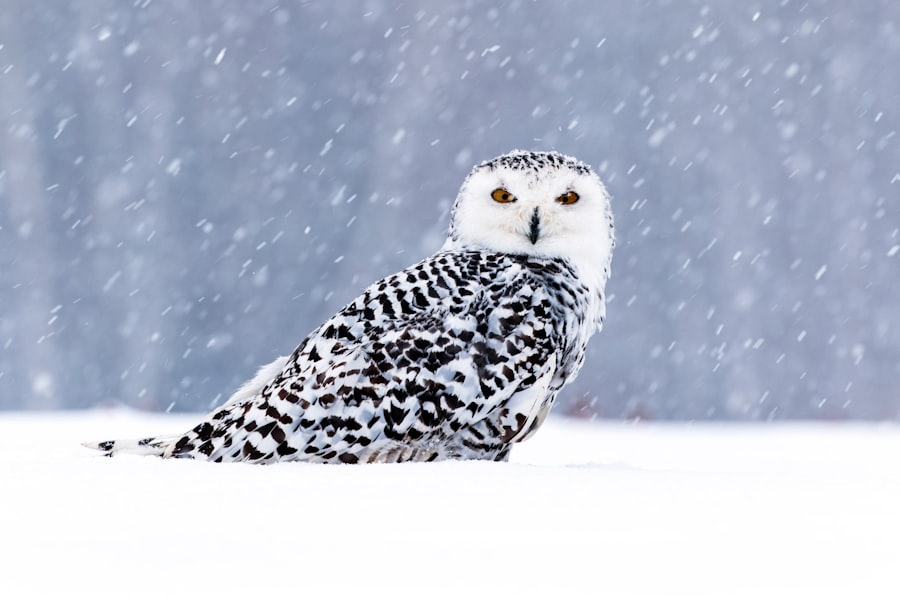
In addition to physical barriers, utilizing scare tactics can be an effective way to deter owls from targeting chickens. Visual deterrents such as predator decoys, reflective tape, or shiny objects can help create an intimidating environment that discourages owls from approaching the coop. Auditory deterrents such as wind chimes, bells, or even recorded predator calls can also be used to disrupt the quiet nighttime environment and make it less appealing for owls to hunt in the vicinity.
By incorporating a combination of visual and auditory deterrents, chicken owners can create an environment that is less attractive to owls and reduce the likelihood of attacks on their flock. Scare tactics can be a valuable tool in deterring owls from targeting chickens and disrupting the peace of the coop. Visual deterrents such as predator decoys and reflective tape can create a sense of danger that discourages owls from approaching the area, while auditory deterrents such as wind chimes or predator calls can disrupt their hunting instincts and make them less likely to linger in the vicinity.
By utilizing a combination of visual and auditory deterrents, chicken owners can effectively create an environment that is less appealing to owls and reduce the risk of potential attacks on their flock. Implementing scare tactics can be an important part of a comprehensive predator management strategy that helps safeguard chickens from nocturnal predators like owls.
Nighttime Protection: Installing Motion-Activated Lights or Alarms to Deter Nocturnal Predators
Installing motion-activated lights or alarms around the coop can provide an additional layer of protection for chickens during the nighttime hours when owls are most active. The sudden illumination from motion-activated lights can startle owls and disrupt their hunting activities, making it less likely for them to target the chickens. Similarly, loud alarms or noise-making devices can create a deterrent effect that discourages owls from approaching the coop and reduces the risk of potential attacks.
By incorporating nighttime protection measures such as motion-activated lights or alarms, chicken owners can help create a safer environment for their flock and minimize the threat posed by nocturnal predators like owls. Nighttime protection measures such as motion-activated lights or alarms can play a crucial role in deterring nocturnal predators like owls from targeting chickens. The sudden illumination from motion-activated lights can startle owls and disrupt their hunting activities, making it less appealing for them to approach the coop.
Similarly, loud alarms or noise-making devices can create a deterrent effect that discourages owls from lingering in the vicinity and reduces the risk of potential attacks on the flock. By implementing these nighttime protection measures, chicken owners can help safeguard their flock from nocturnal predators and provide a secure environment for their chickens to roost safely.
Creating Safe Roosting Areas: Providing Shelter for Chickens to Hide from Owls
Creating safe roosting areas for chickens is essential in providing them with shelter and protection from potential owl attacks. This can include providing secure roosting structures within the coop that are elevated off the ground and equipped with perches for chickens to rest on. Additionally, providing dense vegetation or natural cover around the coop can offer additional protection by creating hiding spots for chickens to seek refuge from prowling owls.
By creating safe roosting areas that offer shelter and protection from potential owl attacks, chicken owners can help minimize the risk of harm to their flock and provide a secure environment for their chickens to roost safely. Providing safe roosting areas for chickens is crucial in offering them protection and shelter from potential owl attacks. Secure roosting structures within the coop that are elevated off the ground and equipped with perches can provide chickens with a safe place to rest away from prowling predators.
Additionally, dense vegetation or natural cover around the coop can offer additional protection by creating hiding spots for chickens to seek refuge from potential owl attacks. By creating safe roosting areas that offer shelter and protection, chicken owners can help minimize the risk of harm to their flock and provide a secure environment for their chickens to roost safely.
Implementing a Predator-Proof Run: Building a Secure Enclosure to Keep Owls Out
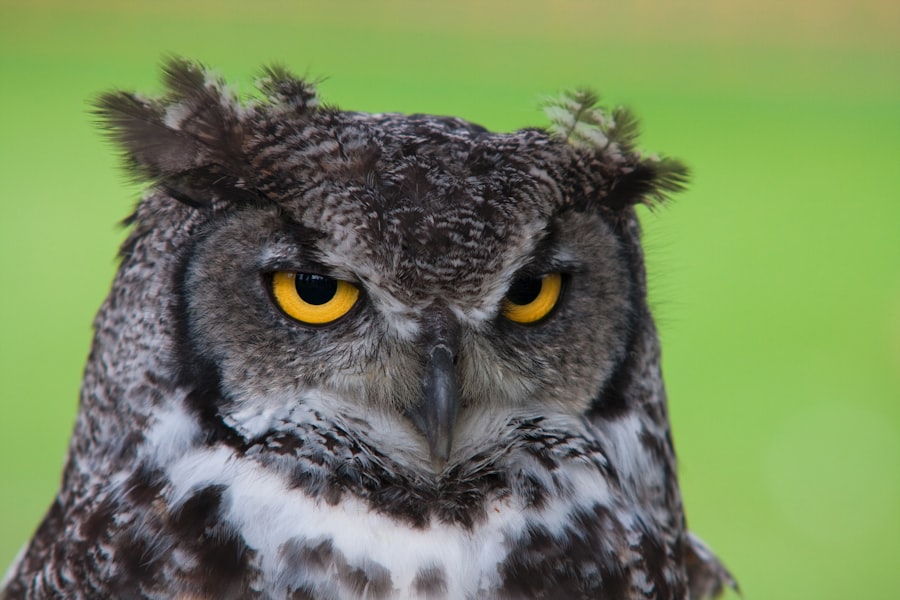
Constructing a Sturdy Enclosure
Building a predator-proof run is an effective way to keep owls out and provide a secure outdoor space for chickens to roam during the day. This can involve constructing a sturdy enclosure with a secure roof and walls made of hardware cloth or welded wire to prevent owls from gaining access to the chickens.
Reinforcing the Perimeter
Additionally, burying hardware cloth or wire mesh around the perimeter of the run can help deter burrowing predators and further reinforce its security. By implementing a predator-proof run, chicken owners can create a safe outdoor space for their flock to enjoy while minimizing the risk of potential owl attacks.
Creating a Safe Outdoor Environment
Implementing a predator-proof run is an important step in providing a secure outdoor space for chickens to roam while keeping owls out. By building a predator-proof run, chicken owners can create a safe outdoor environment for their flock to explore while reducing the risk of potential owl attacks.
Seeking Professional Help: Consulting with Wildlife Experts for Additional Advice and Assistance
In some cases, seeking professional help from wildlife experts or local authorities may be necessary to address persistent owl predation issues. Wildlife experts can provide valuable advice on effective predator management strategies and offer assistance in implementing protective measures for chickens. They may also be able to provide guidance on obtaining permits for non-lethal control methods or offer alternative solutions for managing owl populations in the area.
By consulting with wildlife experts, chicken owners can gain access to specialized knowledge and resources that can help them effectively protect their flock from owl predation. Consulting with wildlife experts or local authorities can be instrumental in addressing persistent owl predation issues and obtaining additional advice and assistance. Wildlife experts can offer valuable insights into effective predator management strategies and provide guidance on implementing protective measures for chickens.
They may also be able to assist in obtaining permits for non-lethal control methods or offer alternative solutions for managing owl populations in the area. By seeking professional help, chicken owners can access specialized knowledge and resources that can help them effectively protect their flock from owl predation and ensure their safety. In conclusion, protecting chickens from owl predation requires a comprehensive approach that incorporates various strategies aimed at deterring these formidable predators.
Understanding the threats posed by owls, implementing physical barriers, utilizing scare tactics, providing safe roosting areas, building predator-proof runs, and seeking professional help are all essential components of an effective predator management plan. By taking proactive measures to safeguard their flock from owl attacks, chicken owners can create a secure environment that allows their chickens to thrive without fear of nocturnal predators.
If you’re looking for more tips on keeping your chickens safe, you might want to check out this article on choosing the right size for your chicken coop door. It’s important to make sure your coop is secure and well-designed to keep predators like owls away from your chickens.
FAQs
What are some natural ways to keep owls away from chickens?
Some natural ways to keep owls away from chickens include using motion-activated lights, hanging shiny objects such as CDs or aluminum foil strips, and using scarecrows or predator decoys.
What are some physical barriers that can be used to keep owls away from chickens?
Physical barriers such as netting or wire mesh can be used to cover chicken coops and enclosures to prevent owls from gaining access to the chickens.
Are there any sound deterrents that can be used to keep owls away from chickens?
Yes, sound deterrents such as wind chimes, bells, or even a radio playing can help deter owls from approaching chicken coops and enclosures.
What are some additional measures that can be taken to protect chickens from owls?
Additional measures to protect chickens from owls include keeping chickens in a secure coop at night, trimming nearby trees to reduce perching spots for owls, and ensuring that there are no food sources attracting owls to the area.
Meet Walter, the feathered-friend fanatic of Florida! Nestled in the sunshine state, Walter struts through life with his feathered companions, clucking his way to happiness. With a coop that’s fancier than a five-star hotel, he’s the Don Juan of the chicken world. When he’s not teaching his hens to do the cha-cha, you’ll find him in a heated debate with his prized rooster, Sir Clucks-a-Lot. Walter’s poultry passion is no yolk; he’s the sunny-side-up guy you never knew you needed in your flock of friends!

